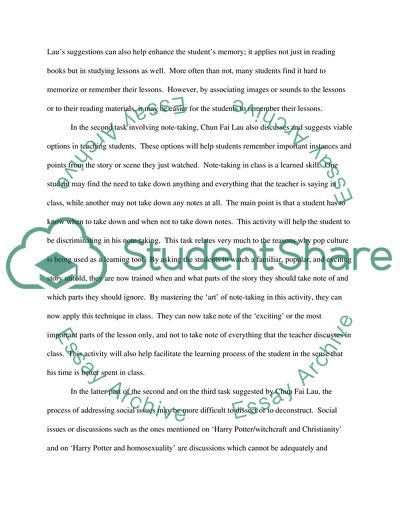Cite this document
(Popular Culture and English: Language Arts in English Research Paper, n.d.)
Popular Culture and English: Language Arts in English Research Paper. Retrieved from https://studentshare.org/culture/1728844-popular-culture-and-english-language-arts-in-english
Popular Culture and English: Language Arts in English Research Paper. Retrieved from https://studentshare.org/culture/1728844-popular-culture-and-english-language-arts-in-english
(Popular Culture and English: Language Arts in English Research Paper)
Popular Culture and English: Language Arts in English Research Paper. https://studentshare.org/culture/1728844-popular-culture-and-english-language-arts-in-english.
Popular Culture and English: Language Arts in English Research Paper. https://studentshare.org/culture/1728844-popular-culture-and-english-language-arts-in-english.
“Popular Culture and English: Language Arts in English Research Paper”, n.d. https://studentshare.org/culture/1728844-popular-culture-and-english-language-arts-in-english.


